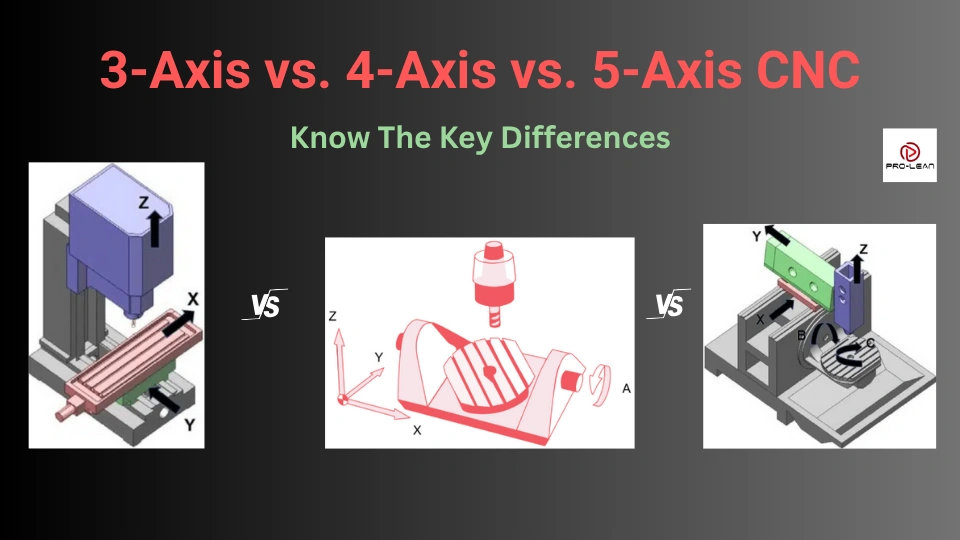
In a world dominated by CNC machining, customservices and parts have become the preferable solution for manufacturing and related businesses. The secret to the versatile, cost-effective, and highly precise machining is attributed to multi-axis CNC machining.
The 3-axis CNC machining option is the most basic in multi-axis CNC machining, allowing for the cutting tool to move in three directions – x-axis, y-axis, and z-axis. This technique is relatively cost-effective, versatile, and easy to use.
Slightly more complexity and versatility give birth to the 4-axis machining method, which is expectedly more flexible, precise, and versatile compared to 2-axis CNC machining. However, this technique may still not reach the levels required for some projects.
That’s where the even more precise and versatile 5-axis CNC comes in. Of course, procuring these machines can be extremely expensive. However, the payback will come because of the high-quality CNC-machined parts.
The bottom line is that these machines and their processes are distinct and therefore worth unpacking. That’s the whole idea of this article, so let’s look at them one by one.
What Is 3 Axis CNC Machining?
The simplest form of multi-axis CNC machining, operating on three axes, is 3-axis CNC machining. This is the ideal technology to use for parts of simple geometries with flat surfaces.
Each of the three axes has a distinct function in the machining process. The X-axis moves the tool to the left and right. The Y-axis serves in the back and forth movement, while the Z-axis moves the machine spindle up and down.
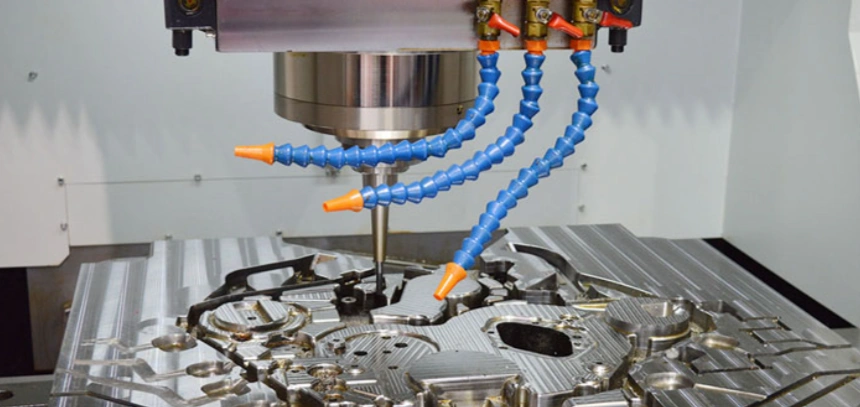
What Are The Advantages Of 3-Axis Machining?
The 3-axis CNC machining strategy may be simpler than other multi-axis machining methods, but it still provides several benefits in CNC milling. Of course, one of them is simplicity, which impacts cost. Others are ease of setting up and maintenance.
- Easy to set up, operate, and maintain: A notable difference between 3-axis and 4-axis CNC and other multi-axis options is the ease of setting up and using the machine.
The machine has fewer and less complex parts, thus a more straightforward setup and maintenance. Adding that to the fact that the moving parts are fewer shows why maintenance is also more manageable.
- Lower initial investment cost: 3-axis CNC machining provides a more affordable way to produce accurate parts for diverse industries. In most cases, a 3-axis machine is more affordable than a 4-axis or 5-axis machine.
- Versatile performance: These machines are flexible, the limitation to three axes notwithstanding. They can manufacture fairly complex parts from different materials, provided top access to the material is possible.
What Are The Limitations Of 3-Axis Machining?
Like any other fundamental technology, 3-axis machining has its limitations. These drawbacks are related to the limited capacity of the technology, and they include:
- Limitation of part complexity: It may be difficult to produce the most intricate and precise parts using this machine.
- Proneness to human errors: There are some manual adjustments when using this option, hence the likelihood of human errors.
- High lead time: The limited angles of machining limit the number of tools usable at any given time. This can increase the time to machine a part.
What Is A 3-axis CNC Machine Used For?
A 3-axis CNC machine can cut, drill, and route. It is perfect for many materials, including metal, plastic, and wood. Use this technique to CNC machine brackets for aerospace, engine blocks for automotive, molds for injection molding, and much more.
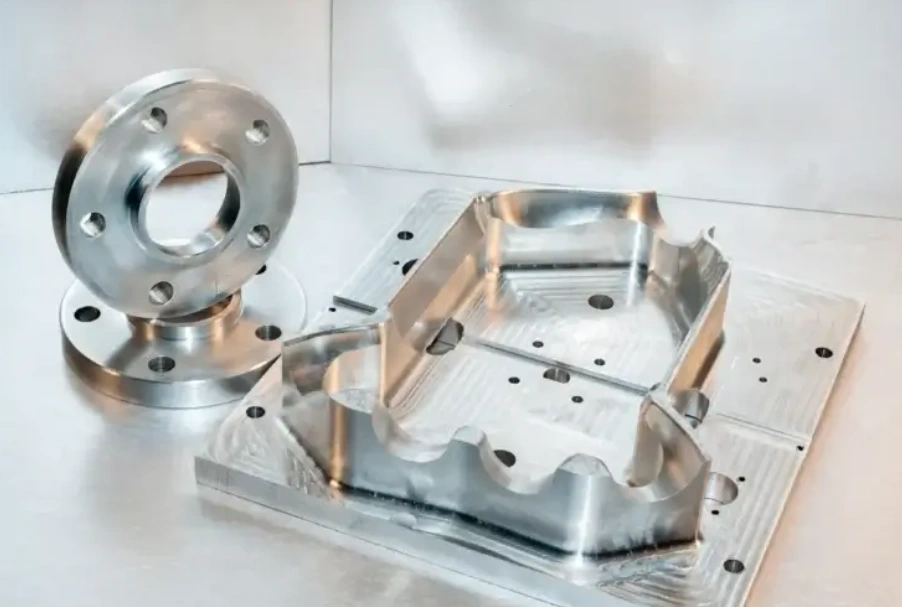
Read more: CNC Machining Vs Injection Molding and Milling vs Drilling
What is 4-Axis CNC Machining?
When components or parts are more complex and not machinable on the 3-axis CNC machine, they can be taken to a 4-axis CNC machine. As an improvement of the 3-axis machine, this version has one extra rotary axis.
This additional axis rotates the cutting tool around the axis. The axis is denoted as the A-axis to differentiate it from the others. The most notable advancement compared to the 3-axis machine is the capability to produce highly angled components/parts.
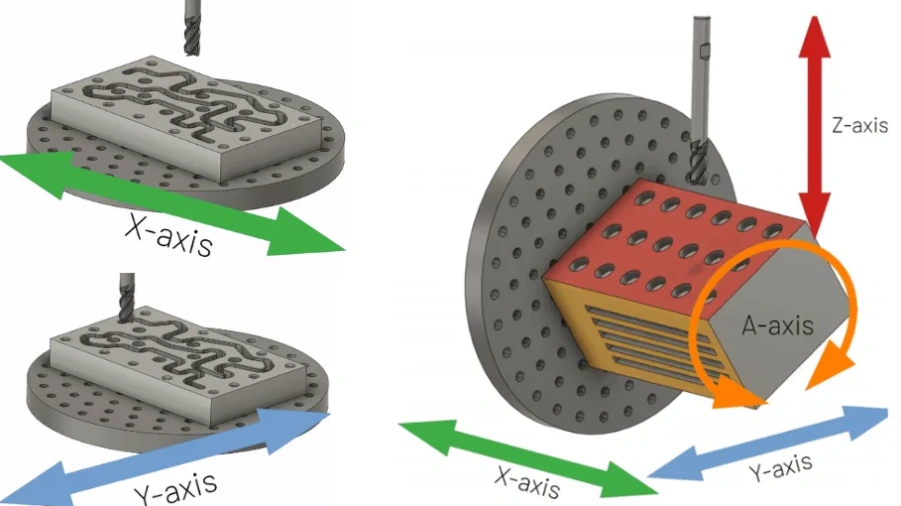
What Are The Advantages Of 4-Axis CNC?
With an extra axis compared to 3-axis CNC, the 4-axis CNC machine offers several advantages, ranging from increased machining accuracy and shorter lead times.
- Increased accuracy and precision: With its expanded range of motion, the 4-axis CNC machine is more versatile and accurate. It can produce parts more precisely with tighter tolerances than 3-axis machining.
- Need for workpiece repositioning reduced: Producing parts in a single setup is more possible with this method. Manual repositioning on the cutting tool and workpiece is reduced.
- Cost-effective high-volume production: Where high-volume manufacturing is necessary and you need to compare between 3 axis vs 4 axis CNC, you can rely on 4-axis machining to reduce the CNC multi-axis milling time. The products are more accurate, so they require very little if any, rework.
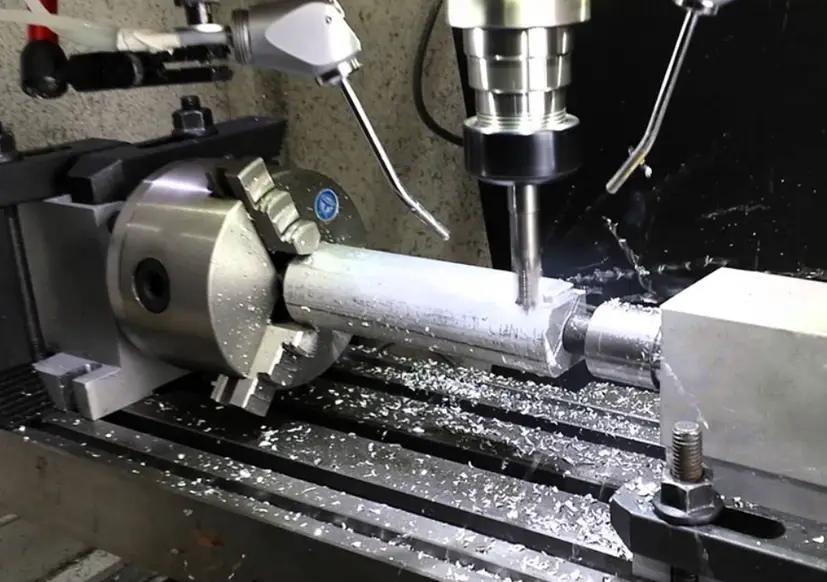
What Are The Limitations Of 4-Axis CNC?
Here are the main limitations of 4-axis machining:
- Limited motion range: The motor provides a glaringly limited motion to the center rotary axis. While the typical center rotation is usually 360 degrees or more, there are still some 4-axis machines restricted to 180 degrees. This means you cannot rely on the CNC machine for parts that require more than the provided center rotation.
- Still limited for some parts: For the more complex parts, the limitations of this machining technique are evident. Having only one horizontal plane covered is usually not enough for undercuts and other complex designs.
What Is a 4-Axis CNC Machine Used For?
A 4-axis CNC machine can produce more complex geometry than a 3-axis machine. It can manufacture angled and sloped surfaces required for turbine blades in aerospace, crankshafts in automotive, gun parts, and undercuts in mold-making, among many other areas with similar machining complexity.
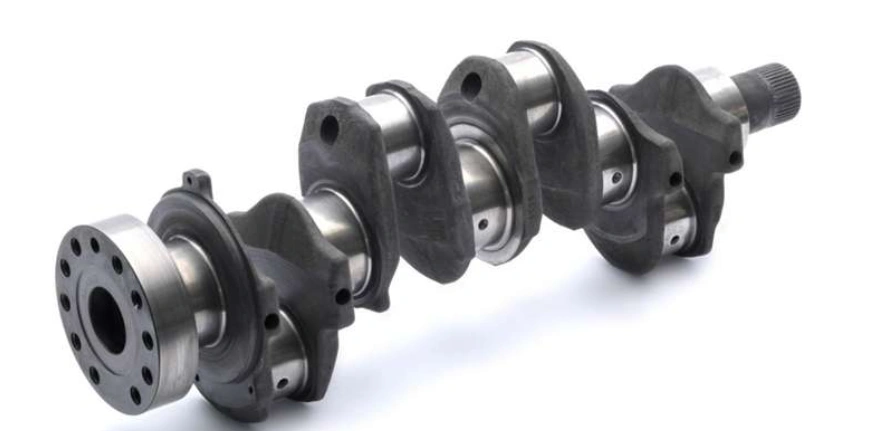
Try Prolean Now!
What is 5-Axis CNC Machining?
Multiple-axis CNC machining becomes even more interesting with an additional axis, which forms the 5-axis CNC machine. On top of the X, Y, and Z axes of the 3-axis machine, the 5-axis machine comes with two more axes.
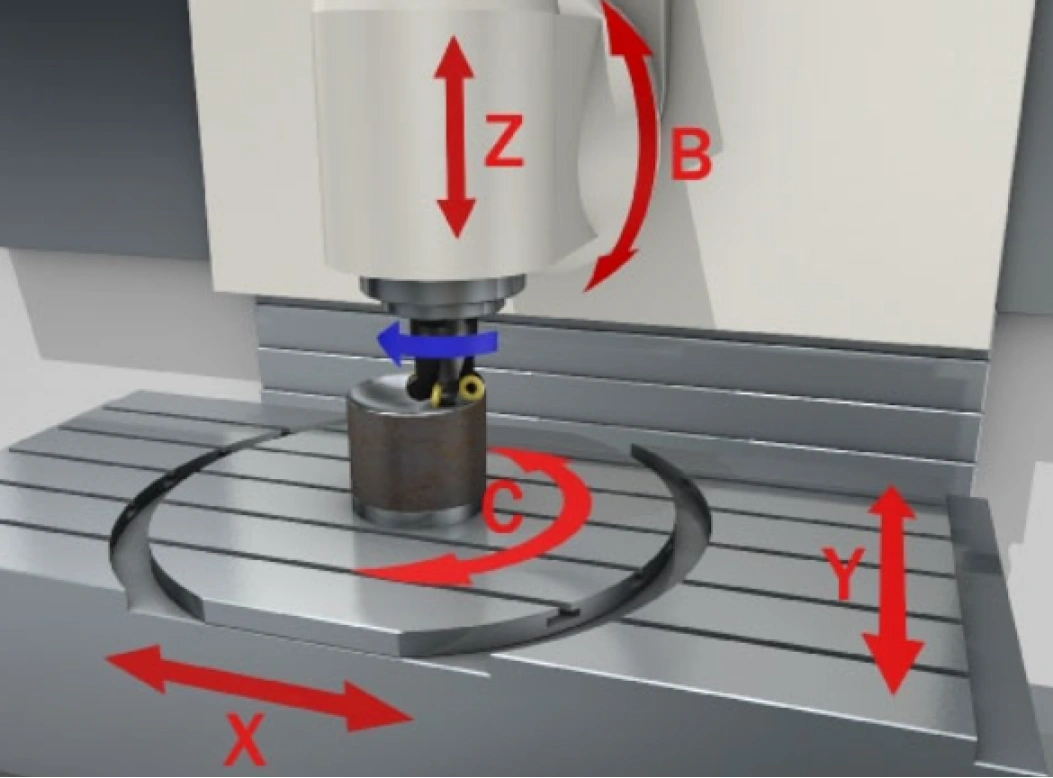
Like the 4-axis machine, it has the A-axis. The additional one, B-axis, is associated with the Y-axis. By rotating around this axis, the B-axis enhances the versatility of CNC machining.
The speed and accuracy of producing complex parts for the 5-axis CNC machine is unrivaled.
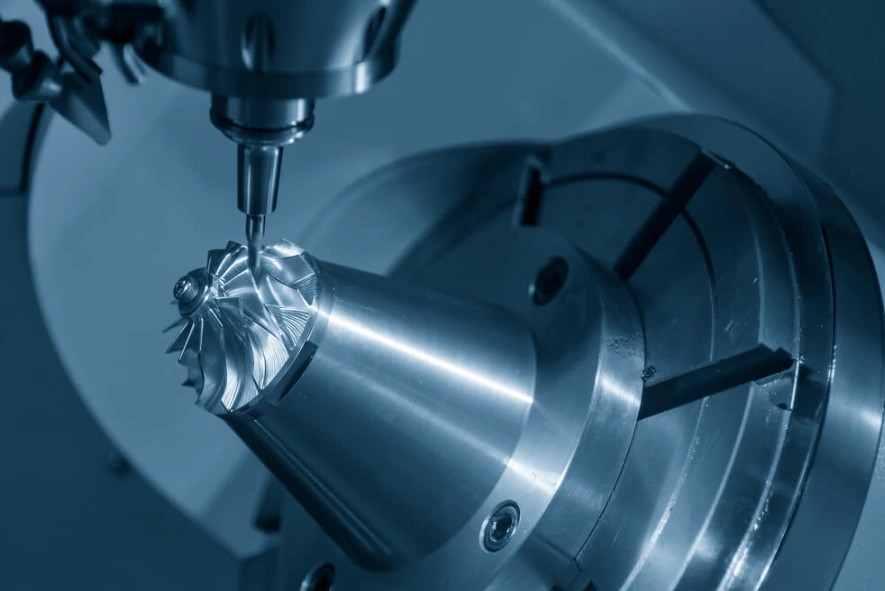
What Are The Advantages Of 5-Axis Machining?
Being the most complex with the most axes of rotation, the 5-axis machining method offers the following advantages.
- High CNC machining precision: This is easily a big game changer for this CNC milling technology. The multi-approach angles on the workpiece translate to better precision, especially for complex, intricate parts.
- Higher versatility: So far, the CNC machining has been limited to some extent in terms of possible shapes to be machined. Considering 3-axis vs 5-axis CNC and the capabilities of 4-axis machining, 5-axis CNC takes this flexibility to a new level.
- Less manual programming requirement: Modern 5-axis CNC machines can automatically produce toolpaths, eliminating the human errors related to manual programming.
- Better quality of machined surface: This high-level multi-axis machining enhances the cutting and tool load aspects, improving the cut smoothness.
What Are The Disadvantages Of 5-Axis Machining?
This machining method may bring in new and exciting dimensions to CNC machining, but it also has some drawbacks. Here are the main ones:
- Higher investment cost: If you are looking at the cost to acquire the machine, yes, 5-axis CNC milling service machines are relatively expensive. Longer cycle times: It isn’t surprising that these machines have shorter feed rates. They are built for precision combined with flexibility.
Machining complex shapes and deep pockets can take some time. The number of parts that can be machined at any time is also limited.
- Multiple tool changes: Completing the many intricate cuts sometimes calls for many different tools, so tool changes are inevitable. Even where automatic tool changing is available, this also eats up time and can potentially affect the manufacturing efficiency.

What Is A 5-axis CNC Machine Used For?
The complexity in 5-axis CNC machining is even higher owing to the extra two axes. Sculptured and twisted surfaces are easy to build using the method, which applies to impellers, turbines, and other complex parts.
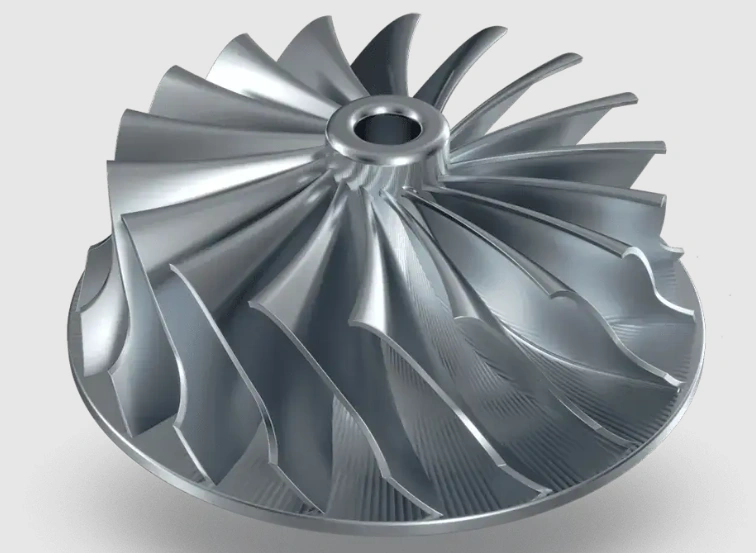
The CNC machining solution is suitable for parts in automotive, aerospace, robotics, energy, and luxury industries, among others.
For more on this advanced machining option and what it can do, check the China CNC machining services guide.
What Is The Difference Between 3-axis, 4-axis, and 5-axis CNC?
When your manufacturing decisions are based on efficiency and accuracy, understanding the difference between 3-axis, 4-axis, and 5-axis CNC machining is paramount. The technologies are different in rotational degree of freedom, cost, programming requirements, and accuracy.
Let’s look at these differences in detail.
Movement Complexity
This is the main difference between 3-axis, 4-axis, and 5-axis CNC machining. By being capable of moving along one extra and two extra rotation axes, 4-axis and 5-axis machines, respectively, can machine more complex parts compared to 3-axis machines.
Ideal Applications
Whether 3-axis, 4-axis, or 5-axis is more applicable depends on the specific CNC machining project. Of the three, 5-axis CNC is the best for precise high-quality contours and curves because it can create the most complex shapes with fewer setups.
But if the focus is on a cost-effective alternative with less concern for precision and the setups, 3-axis and 4-axis are good.
The CNC Machining Cost
The cost of machining is another notable difference between the three technologies. When all factors are held constant, 5-axis CNC machining is the most expensive because of its capabilities and complexity.
It requires the highest level of programming and operation expertise. Its maintenance costs are also higher because more parts are involved. For the same reasons, 4-axis machining is more affordable, and 3-axis CNC the most affordable.
How To Choose From 3 Axis, 4 Axis, And 5 Axis CNC Machining
Identifying the differences between 3, 4, and 5-axis CNC is good, but it is even better to be sure about the factors for choosing any of the machining solutions.
Whether you are CNC milling an engine block or simply producing a shaft for a pump, choosing 3-axis, 4-axis, or 5-axis CNC machining affects cost, lead time, and accuracy.
Use the following points when determining the best CNC machining option from 3-Axis VS 5-Axis CNC Machines and other multi-axis CNC machining setup options.
Consider The Complexity Of Parts
Start with this point, considering features such as pockets, geometries, and surfaces. The more the complexity of these features are, the more the number of axes you should consider for the CNC machine.

Choose 5-axis CNC For Highly Complex Parts
Sometimes, it is outrightly clear from the beginning that the parts should be intricate with tight tolerances. For such parts for aerospace or any other sensitive application, 5-axis CNC machining is always the best choice.
That’s because this method eliminates the errors that come with constant repositioning of the workpiece and cutting tool.
Consider The Lead Time
For higher volumes with higher accuracy requirements, it is always better to work with a 4-axis or 5-axis CNC machine. These have fewer setups and speed up the production without a compromise on part accuracy, which may not be feasible for small-batch CNC machining.
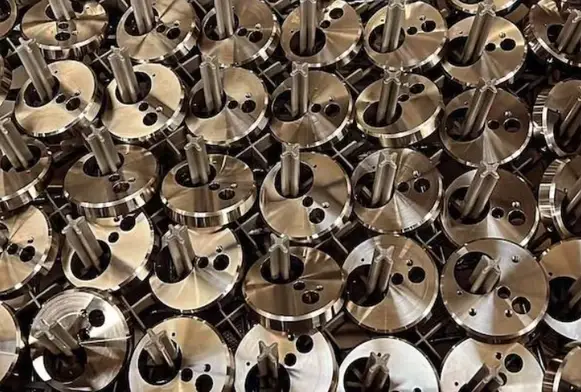
Don’t Forget The Budget
For the budget, the cost to run a machine can be somehow blindening. Consider a 5-axis CNC machine, which is the most expensive of the three options, yet it is the most cost-effective for parts with tight tolerances.
Therefore, look at the overall value of the machining results for any multi-axis CNC machine and determine if it is worth paying a little more now and realize savings later.
Learn more: Milling Machine Vs. Lathe
Summing Up
There is no doubt 3 axis, 4 axis, and 5 axis CNC machining techniques have transformed the manufacturing environment. Automotive, aerospace, medical, and many other fields can now get complex parts.
We have addressed how each of these methods impacts on cost, lead time, and accuracy, which are factors you need to consider when sourcing parts. What machine does the provider use?
When you need multi-axis CNC machined parts for your projects, get a partner that knows exactly what multi-axis CNC technology to apply. .
ProleanTech has all types of CNC milling machines and can easily meet your machining needs.
Get in contact with our experts team and let us walk the journey with you!
FAQs
Which machining process is more accurate?
The 5-axis machining proess is the most accurate because of the extra two axes of rotation it uses.
Summing Up
In the world of CNC milling, there is no one-size-fits-all solution. Each axis – 3, 4, or 5 – has its own strengths and serves a specific purpose in the production line. It is crucial to understand these differences when selecting the right CNC milling machine for your project. Whether you need the simplicity and affordability of 3-axis machines, the added complexity and efficiency of 4-axis machines, or the unparalleled versatility and precision of 5-axis machines, each has a unique role to play.
At ProLean, our CNC milling services are available to assist you no matter which axis you are operating on. Our expert team is ready to bring your designs to life, offering precision, efficiency, and a high-quality finish that meets the demands of your project.
FAQs
What are the main differences between 3-axis, 4-axis, and 5-axis CNC milling machines?
The main difference between these machines lies in the number of directions (or axes) in which they can move or be controlled. A 3-axis CNC machine moves in three directions: X, Y, and Z. A 4-axis machine adds a rotary movement around one of these axes. The 5-axis machine offers even more flexibility, enabling movements in five different directions. This provides higher precision and allows complex shapes to be created in less time.
What kind of projects is a 3-axis CNC milling machine most suited for?
A 3-axis CNC machine is ideal for simpler projects, primarily when working on a flat surface or when not many sides of the material need to be machined. It’s perfect for jobs that require a lot of material removal in 3 planes – X, Y, and Z.
When should a 4-axis or 5-axis CNC milling machine be used?
A 4-axis or 5-axis CNC machine should be used when the project involves more complex shapes or when precision is vital. These machines are typically used for projects in industries like aerospace, where parts can have intricate shapes and require a high degree of accuracy.
Are 4-axis and 5-axis CNC machines more challenging to operate than 3-axis machines?
Yes, as you add more axes, the machine becomes more complex to program and operate. This requires more advanced skills and an understanding of CNC machines and CAD/CAM software.
Can I use a 5-axis machine for a job that only requires 3-axis machining?
Yes, a 5-axis machine can be used for 3-axis machining. However, it may not be cost-effective as 5-axis machines are generally more expensive to operate and maintain.




0 Comments